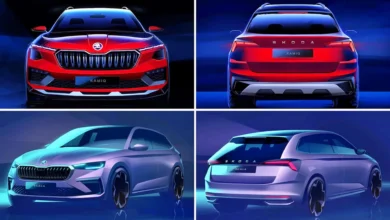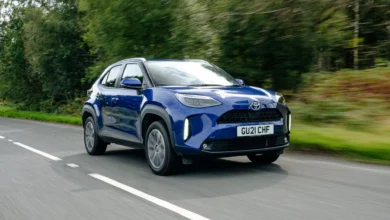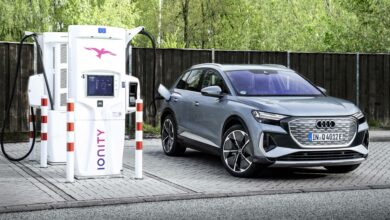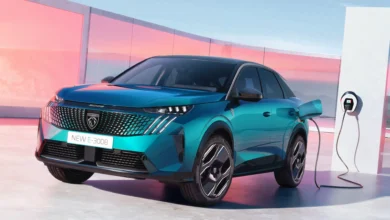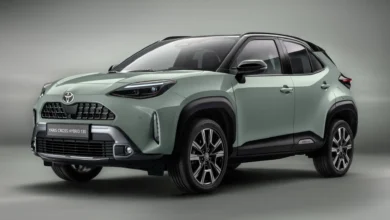
According to a report published by Transport & Environment, 2025 will be the year in which European manufacturers will be able to mass produce €25,000 electric cars profitably. This figure is considered by experts to be the turning point in making electric mobility popular (the average price of a new car in Europe is 27,500 euros).
T&E points out that the main groups on the old continent (BMW, Mercedes-Benz, Renault, Stellantis, Volvo, and Volkswagen) have increased their gross margins dramatically between 2019 and 2022, which has translated into a price increase of 17-34 %. The main factor that explains the increase in automobile prices is therefore the higher profits of the manufacturers, to which we must add the problems in the supply chain, inflation…
Furthermore, in recent times European brands have focused on larger and more profitable cars, as demonstrated by the fact that the market share of SUVs went from 9% in 2010 to 47% in 2022. This phenomenon has mainly affected segment B (utilities), with a share of 30%, but especially segment C (compact cars), where they reach 61%.
In parallel, small and affordable vehicles such as the Ford Fiesta, which left the market this summer after more than four decades of being one of the main best-sellers in Europe, are being discontinued. According to the analysis carried out by T&E, SUVs are between 8 and 30% more expensive than an equivalent conventional passenger car.

European manufacturers are betting on SUVs to the detriment of affordable hatchbacks
The data collected in a survey carried out by YouGov in France, Germany, Italy, Spain, Poland, and the United Kingdom shows that the launch of small electric cars for 25,000 euros would allow it to increase its market share to 35%, which would lead to a volume additional sales of 1 million zero-emission vehicles per year.
To assess whether it is feasible for European manufacturers to offer electric utility vehicles in this price range from 2025, T&E has modeled three scenarios based on an analysis by Syndex. In the scenario with the most favorable market conditions, it is concluded that it would be feasible to market a segment B electric car for 25,000 euros with a margin of 4%. The contemplated model would have a 40 kWh LFP (lithium-fluorophosphate) battery and would offer 250-300 km WLTP range.
T&E warns that, although it is technologically and economically possible to launch vehicles of this type, the European Union, member states, and the manufacturers themselves will have to coordinate to achieve the speed and volume necessary to compete against Chinese rivals and ensure that The production of small electric cars is prioritized instead of expensive SUVs.
